Raw Materials Used in Making Shoes

Author: Andy Hong | Founder at XDS
Hi, I'm Andy Hong, here to share my expertise in footwear manufacturing with you.
Raw Materials Used in Making Shoes
Table of Contents
What makes a shoe truly exceptional? It starts with the raw materials that bring strength, comfort, and style to every step, understanding these materials can help create products that stand out in the market.
As a shoe maker with years of industry experience, I’ve worked with manufacturers to explore the best materials for creating top-quality shoes. This guide draws on that expertise to give you insights you can trust.
Here are 2 of the most important raw materials used in making shoes:
- Upper Materials
- Sole Materials
In this guide, we’ll explore the wide range of materials used in shoemaking. We’ll also cover the advantages, challenges, and applications of each material to help you make informed decisions for your products.
Let’s dive in!
1. Quick Comparison Chart
Understanding the raw materials used in shoemaking is crucial for creating durable, stylish, and functional footwear. Below is a quick comparison table to give you a glimpse of the materials before diving into detailed insights:
| Material | Examples | Key Features | Common Uses |
| Upper | Leather, Textiles, Knit Fabric | Durable, breathable, stylish | Dress, casual, athletic |
| Sole | Rubber, EVA, PU, Leather | Grip, cushioning, flexibility | Outdoor, work, fashion |
| Lining/Insole | Foam, Leather, Ortholite | Comfort, moisture management | Athletic, premium shoes |
| Reinforcements | Thermoplastics, Shanks | Stability, structural support | Work boots, hiking shoes |
| Fasteners | Laces, Elastic Bands, Velcro | Secure, adjustable, easy-to-use | All shoe types |
| Adhesives | Cement Glue, Water-Based Glue | Durable bonding, eco-friendly | Shoe assembly |
| Decorative | Dyes, Embellishments, Threads | Colors, style, and stitching | Fashion footwear |
2. Upper Materials
The upper part of a shoe determines its appearance, flexibility, and durability. Manufacturers use a variety of materials to achieve specific designs and functions, providing comfort and style for every shoe. Let’s look at the popular materials used for uppers:
- Leather: Known for its durability and premium feel and provides a classic, breathable, and long-lasting option for shoe uppers. At XDS, we craft our shoes using high-quality leather to deliver exceptional durability, comfort, and style. Here are some types of leather:
- Full-Grain Leather: Made from the top layer of the hide, it’s the most durable and ages beautifully with use.
- Top-Grain Leather: Sanded to remove imperfections, it’s softer and more pliable than full-grain leather.
- Genuine Leather: A lower-grade leather made from leftover layers, it’s affordable but less durable.
- Bonded Leather: Made from leather scraps bonded with adhesive, it’s cost-effective but lacks strength.
- Nubuck Leather: Full-grain leather buffed for a velvety texture, it’s luxurious but prone to staining.
- Synthetic Materials: These materials are cost-effective and versatile, mimicking leather while offering water resistance. They’re lightweight and easy to clean, making them popular for athletic and casual footwear.
- Textiles: Textiles like canvas and denim are lightweight and breathable, perfect for casual shoes. They are available in a wide range of colors and patterns.
- Knit Fabric: Popular in athletic footwear, knit fabric provides stretch, breathability, and a snug fit. It’s also lightweight and modern in appearance.
- Suede: Suede offers a soft and luxurious finish, ideal for casual and dressy shoes. It’s less durable than leather but adds a unique texture to designs. It requires regular maintenance to keep its look intact.
- Microfiber: Microfiber is a synthetic material designed to mimic suede or leather while being more affordable. It’s durable and resistant to water and stains. Its lightweight nature makes it suitable for a variety of shoe styles.
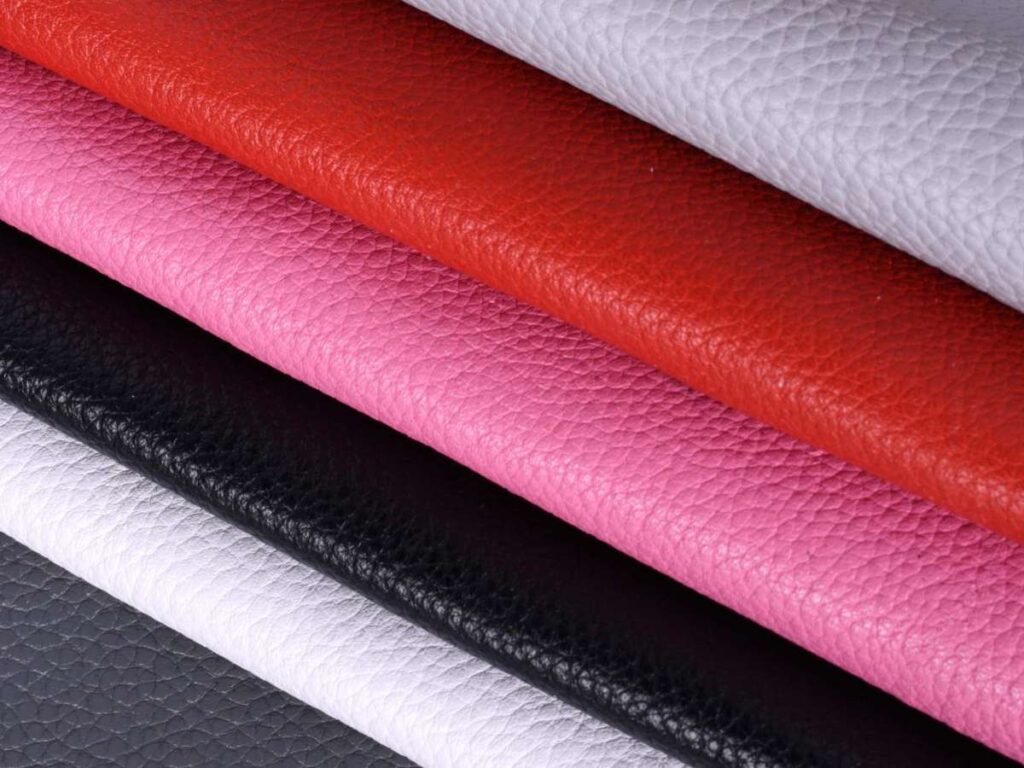
3. Sole Materials
The sole is the foundation of a shoe, impacting its comfort, grip, and durability. A variety of materials cater to different performance needs and aesthetics. Here’s a closer look at the materials used:
- Rubber: Rubber soles provide excellent grip and durability, making them ideal for outdoor and athletic shoes. They’re flexible and water-resistant. However, they can be heavy compared to other materials.
- EVA (Ethylene Vinyl Acetate): EVA is a lightweight and cushioning material often used in athletic and casual shoes. It absorbs shock and reduces foot fatigue but may wear out faster than denser sole materials.
- PU (Polyurethane): Polyurethane offers durability and excellent shock absorption for soles. It’s slightly heavier than EVA but lasts longer under stress. It’s a favorite for work and safety shoes.
- TPU (Thermoplastic Polyurethane): TPU provides a balance of flexibility, toughness, and abrasion resistance. It’s used in performance-oriented footwear. Its high cost limits its application to specific designs.
- Leather Soles: Leather soles are classic and elegant, often found in dress shoes. They offer a sleek profile but can be slippery without added grips. They require maintenance to prevent wear.
- Wood: Wood soles add a rustic or vintage charm, often used in clogs or fashion-forward footwear. They’re durable but less flexible so proper care ensures longevity and aesthetic appeal.
4. Lining and Insole Materials
Linings and insoles are essential for comfort, moisture management, and cushioning. The right materials can enhance the shoe-wearing experience significantly. Here are the common materials:
- Foam: Foam insoles provide cushioning and shock absorption, making them ideal for athletic and casual footwear. At XDS, we produce shoes with foam that are lightweight and mold to the foot over time.
- Textile Linings: Textile linings are breathable and help wick away moisture, keeping feet dry. They’re often used in casual and summer footwear. While comfortable, they may wear out faster than leather linings.
- Leather: Leather linings offer durability, breathability, and a luxurious feel. They conform to the foot for a personalized fit.
- Ortholite: Ortholite insoles combine foam with antimicrobial properties to provide cushioning and odor resistance. They’re durable and retain their shape over time. Ideal for athletic and casual shoes, they add to the shoe’s overall comfort.
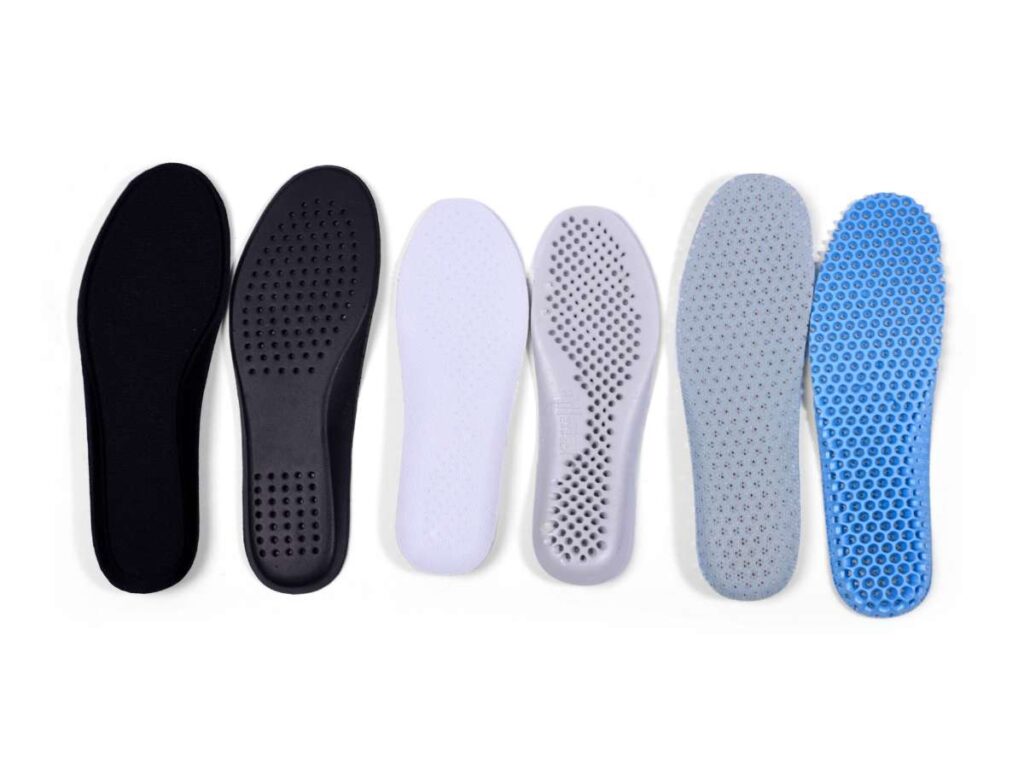
5. Reinforcements and Structural Materials
Structural materials strengthen the shoe and provide stability during use. These components ensure the shoe maintains its shape and supports the foot. Here are the typical materials:
- Thermoplastics: Thermoplastic polymers add rigidity and durability, particularly in athletic shoes. They help maintain the shoe’s structure over time. These materials are lightweight and moldable.
- Shanks: Shanks provide arch support and distribute weight across the sole. They’re commonly made of metal or composite materials, essential for work boots and hiking shoes, they enhance stability.
- Cardboard or Fiberboard: These materials reinforce shoe components while being cost-effective. They’re lightweight and easy to shape but they’re less durable compared to metal or plastic options.
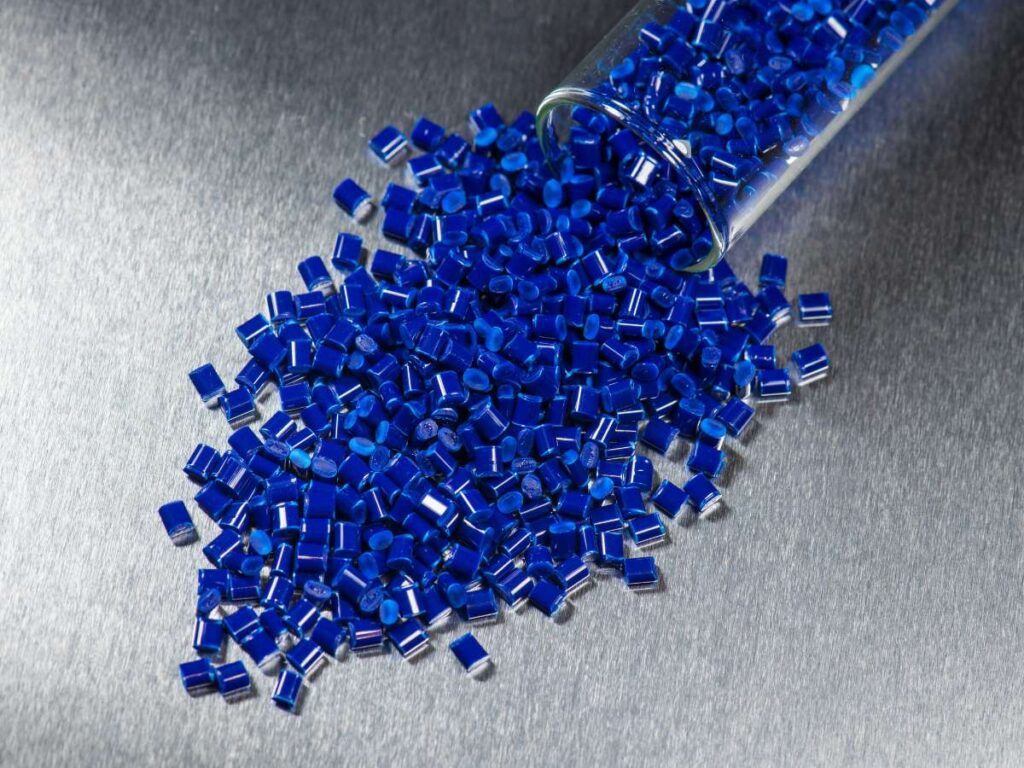
6. Fastening Materials
Fasteners secure the shoe to the foot, offering functionality and style. Different materials cater to specific design and performance needs. Let’s explore some of it:
- Laces: Laces are versatile and allow for customizable fit and support. Available in various materials and designs, they’re suitable for most shoe types.
- Elastic Bands: Elastic bands provide easy slip-on convenience without compromising on fit. They’re commonly used in casual and children’s footwear.
- Zippers: Zippers offer quick and secure fastening for boots and high-tops. They add a modern look while being highly functional.
- Velcro: Velcro is easy to use and adjust, making it popular for children’s and medical footwear. It’s durable and low maintenance.
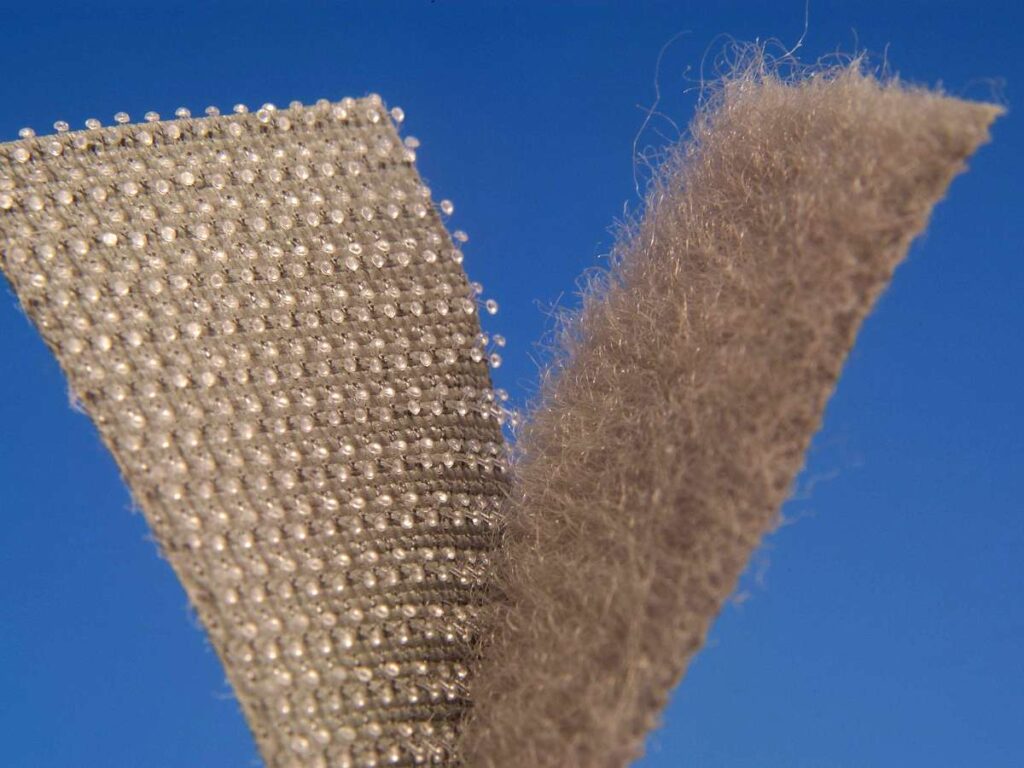
7. Adhesives and Bonding Materials
Adhesives hold the shoe components together, maintaning durability and functionality. Choosing the right adhesive impacts the shoe’s longevity. Common options include:
- Cement Glue: Cement glue is a strong and fast-drying adhesive, commonly used for attaching soles. It creates a firm bond but requires precise application.
- Hot Melt Adhesives: These adhesives are quick to apply and suitable for a variety of materials. They’re often used in automated manufacturing processes. However, they may not offer the strongest bond for heavy-duty shoes.
- Water-Based Adhesives: Water-based adhesives are eco-friendly alternatives to traditional glues. They’re non-toxic and versatile but may not perform as well under extreme conditions.
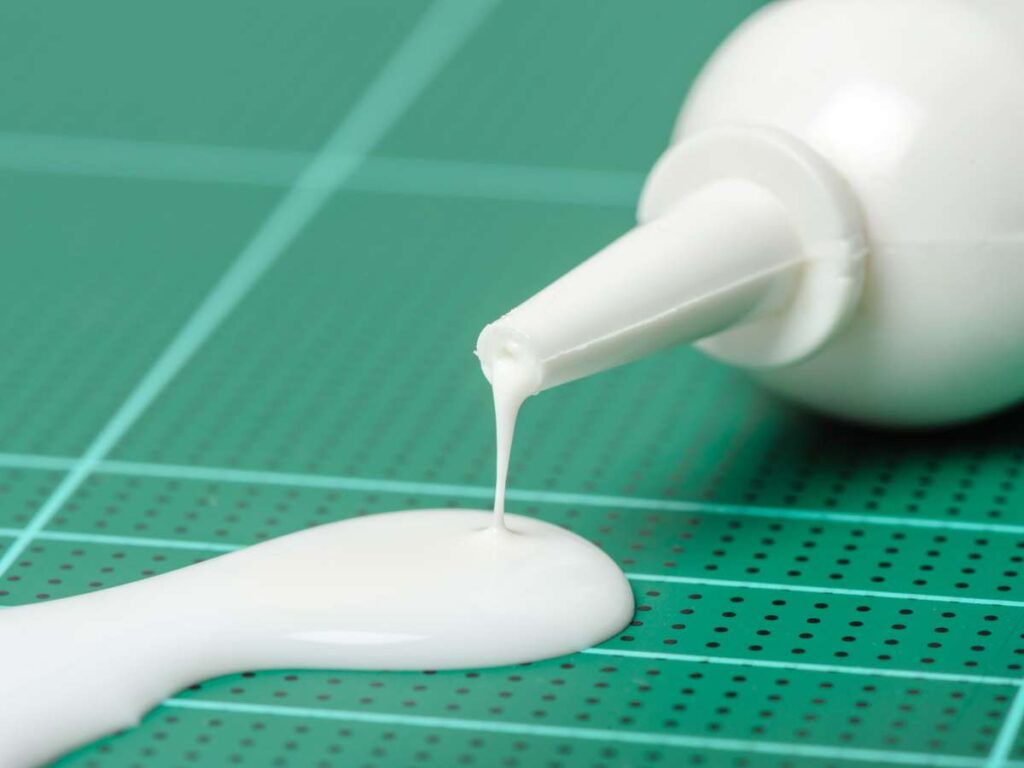
8. Decorative and Aesthetic Materials
Aesthetic materials enhance the shoe’s appearance and appeal. These materials can transform a basic design into a statement piece. Key materials include:
- Dyes and Pigments: Dyes and pigments add vibrant colors to leather, textiles, and synthetics. They’re durable and customizable. Here are examples of dyes and pigments commonly used in shoemaking:
- Dyes
- Aniline Dyes: Penetrate leather for vibrant, transparent colors that showcase the natural grain.
- Reactive Dyes: Bond chemically with fibers like cotton or wool for long-lasting, bright colors.
- Acid Dyes: Commonly used for suede and wool, offering rich and consistent tones.
- Pigments
- Metallic Pigments: Create a shiny or reflective finish, often used for decorative or fashion-forward shoes.
- Pearlescent Pigments: Add a subtle shimmer, enhancing the visual appeal of textiles or synthetic materials.
- Carbon Black: Provides deep black coloring, commonly used in rubber soles and leather uppers.
- Dyes
- Embellishments: Embellishments like studs, beads, and rhinestones add character and style to shoes. They’re common in fashion and statement footwear. However, they may require careful application to avoid damage. Here are some examples of embellishment used in shoemaking:
- Studs and Rivets: Add a bold, edgy look to boots, sneakers, and casual shoes. It is commonly made from metals like brass, stainless steel, or aluminum.
- Beads and Sequins: Create intricate patterns for decorative or high-fashion footwear. It is commonly used in sandals, flats, and statement pieces.
- Embroidery: Adds detailed and artistic designs directly to the shoe fabric or leather. Common in ethnic, casual, and statement footwear.
- Threads: Threads are essential for stitching and detailing. High-quality threads ensure durability and add design elements to shoes. They’re available in various colors and materials to suit specific styles.
Conclusion
Understanding the various raw materials used in shoe production is crucial for ensuring quality, durability, and style. Selecting the right materials allows manufacturers to meet customer expectations and create products that stand out in the market.
We hope this guide has provided valuable insights into the components of shoe manufacturing. If you’re searching for a reliable footwear supplier but face challenges with high MOQs, consider XDS. We offer flexible options, including minimum orders as low as 500 pairs for certain styles, customizable packaging, and adaptable production lines to suit your needs. Contact us today to get started!
Discover More Options
We’ve gathered a few more articles that could help you out. Check them out for more great advice:
Still haven’t found what you’re looking for? Don’t hesitate to contact us; we’re available around the clock to assist you.
Quick Quote
Fill out the form, get the quote in hours!





